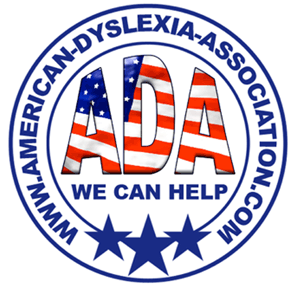What Do We Mean When We Talk About STEM?

STEM might win the award for the most talked about education buzzword of the last 10 years or so. It’s gotten to the point where, similar to the organic and low fat labels in the food industry, STEM could mean very little if you see it on toys or educational products. So how do we talk intelligently about STEM education and where it needs to go? The first step is understanding the history of this term and what it means for schools.
What is STEM?
STEM stands for science, technology, engineering, and math. STEM curriculum blends those subjects in order to teach “21st-century skills,” or tools students need to have if they wish to succeed in the workplace of the “future.” The idea is that in order to be prepared for jobs and compete with students from different parts of the world, students here in the US need to be able to solve problems, find and use evidence, collaborate on projects, and think critically. Skills, the thinking goes, that are taught in those subjects.
Still, STEM can be hard to define. It’s such a popular term that it means a lot of different things to a lot of different people. Although the science (biology, chemistry, etc.) and math (algebra, calculus, etc.) parts of the abbreviation might be easy to figure out, the technology and engineering parts might be less clear. Technology includes topics such as computer programming, analytics, and design. Engineering can include topics like electronics, robots, and civil engineering. The key term, when talking about STEM, is integration. STEM curriculum intentionally melds these disciplines. It’s a blended approach that encourages hands-on experience and gives students the chance to gain and apply relevant, “real-world” knowledge in the classroom.
Continue reading article here:
Category: News







